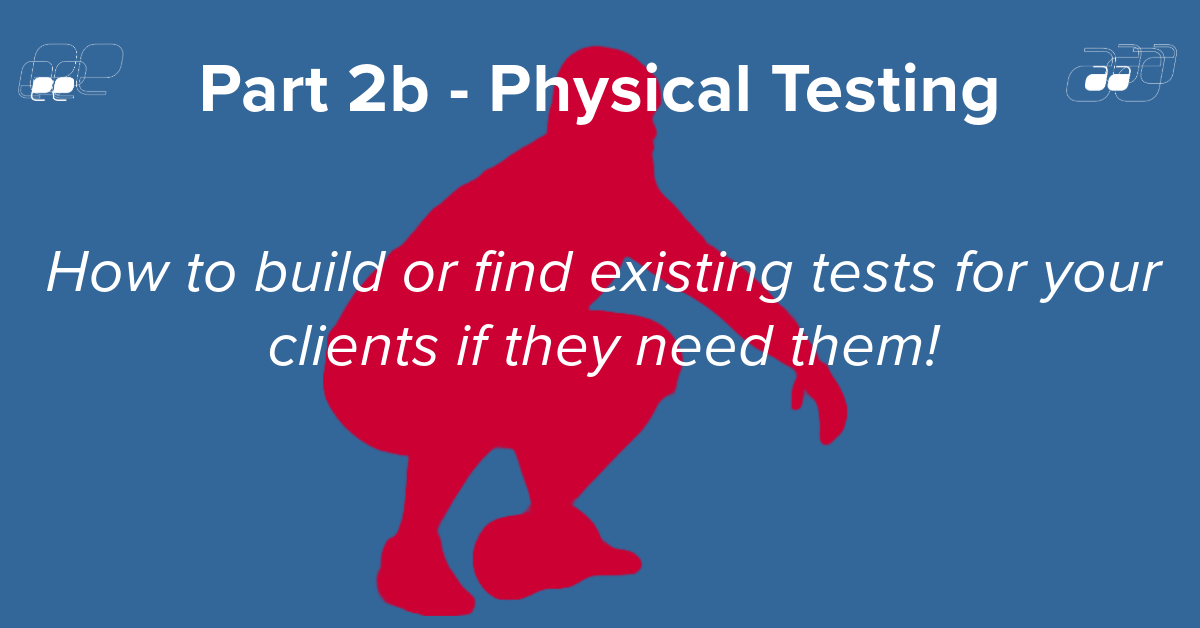As part of the series on overcoming Imposter Syndrome when writing Personal Training programmes, this is the approach I use to make sure I have covered all angles of the programme design process. I will tackle each component by the end of the series.
1. PAR-Q, Informed Consent etc
2. Identify the client's needs (TGROW)
3. Research the hurdles and issues (Injuries, Chronic Conditions, etc)
4. Physical Testing, if required
5. Design the long-term periodised plan (if needed)
6. Design the programme components for week one
- exercises
- reps
- sets
- resistance
- rest
- systems (pre-exhaust etc)
7. Design the experience based on the beats of a story (blogs to come on that later)
8. Post-session SOAP notes and adjustments
Interviewing
The system I use focuses on getting the right data from clients. Using the TGROW model and the "Why Why So So" technique, I ensure I gather the right information:
The TGROW model stands for Topic, Goal, Reality, Options, and Will. It's a structured way to understand the client deeply:
Topic: Identify what the client wants to work on, which is the session's primary focus.
Goal: Clarify the client’s specific objectives. What do they want to achieve in both the short and long term?
Reality: Assess the current situation. What is the client's starting point? Gather details about their fitness level, lifestyle, and any challenges. It is here where you would apply the why why so so interview technique. Something we teach on our Specialist courses.
Options: Explore possible actions. What exercises, approaches, or modifications could help the client reach their goal?
Will: Determine the client’s commitment. What actions are they ready to take? How motivated are they to stick to the program?
In this interview, I would be trying to find out specific information from the clients,
- How hard the client needs to work.
- Exercises to choose.
- Exercises to avoid.
- Exercises which need to be built from scratch
- The right resistance training tools for each movement.
- The optimal exercise order for the best outcome.
- Coaching style and exercise sequence for delivering the best experience.
- Possible hurdles: motivation, injuries, chronic conditions, fears.
Once I have this information, I can build the program to match the client's goals. I take detailed notes after every session and focus on delivering a great experience, knowing that the programming and exercise selection must be right.
